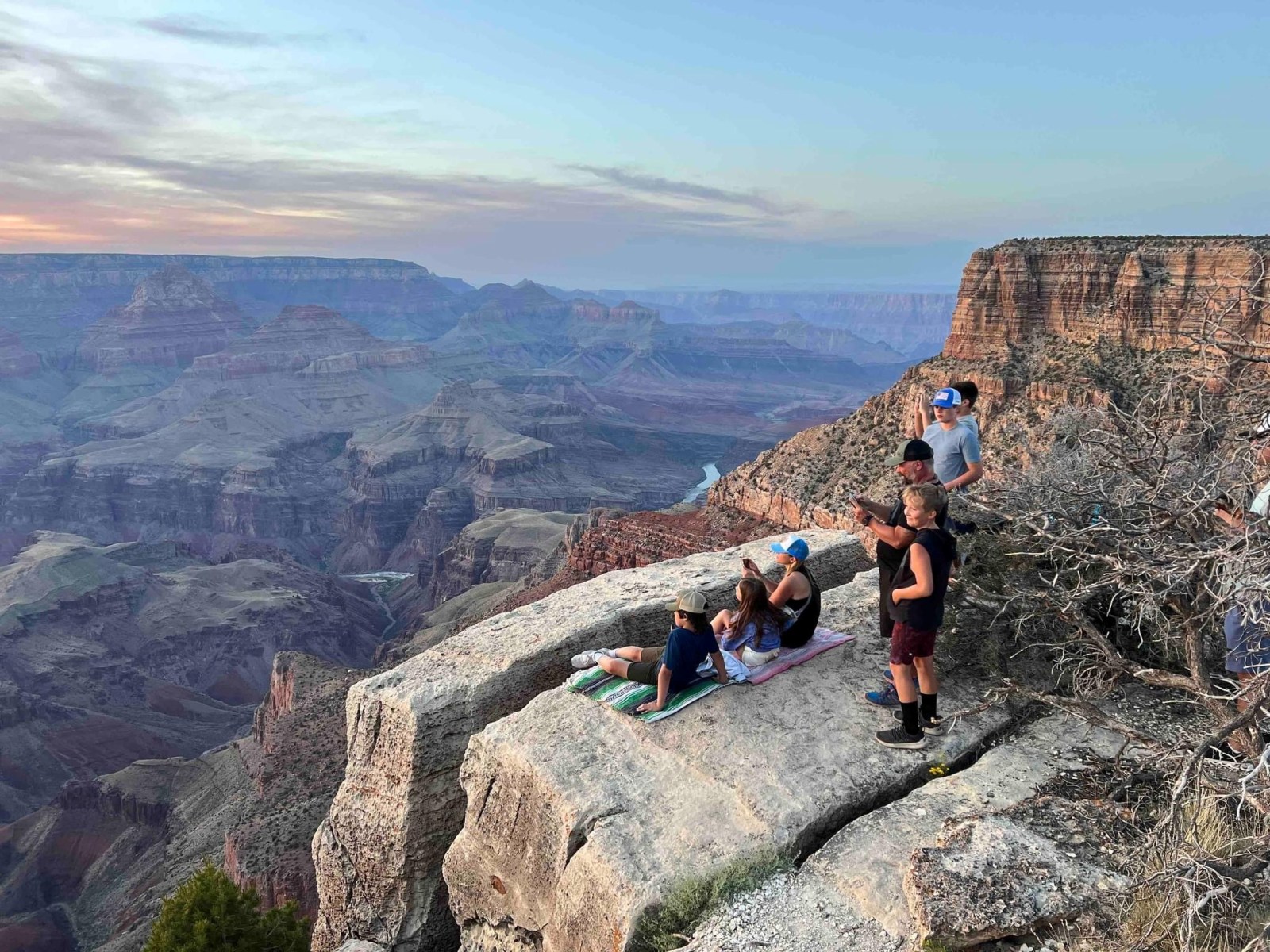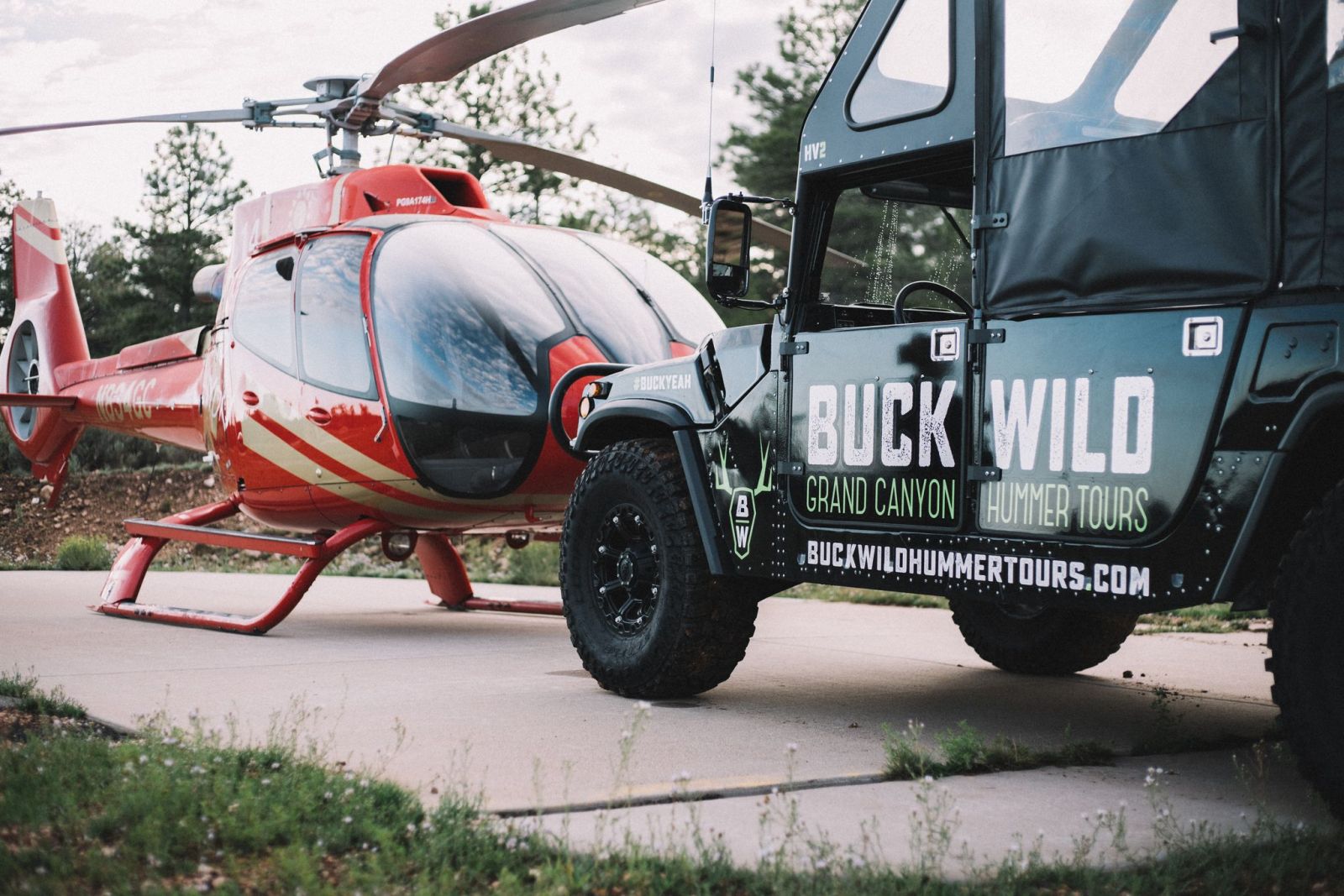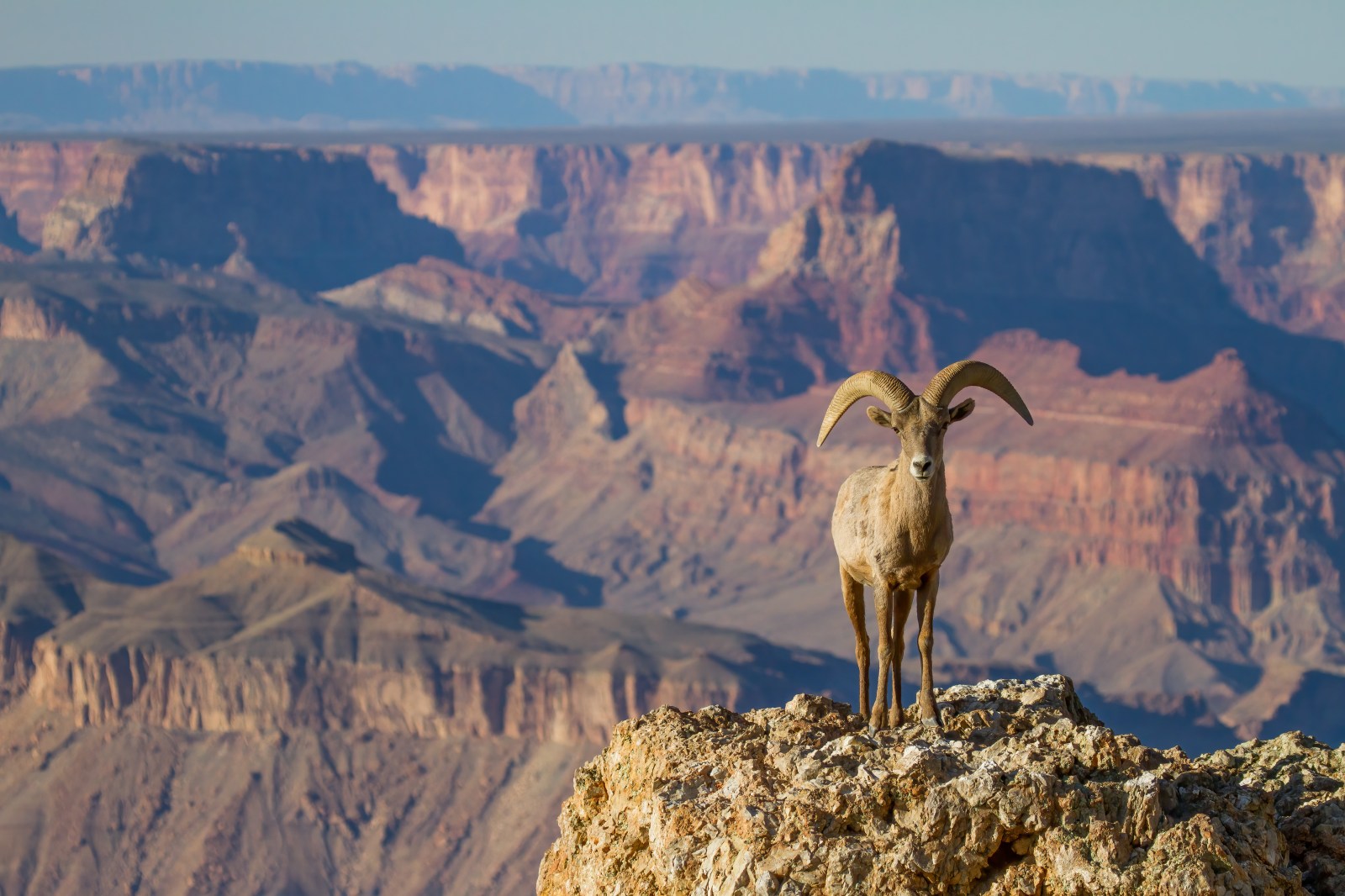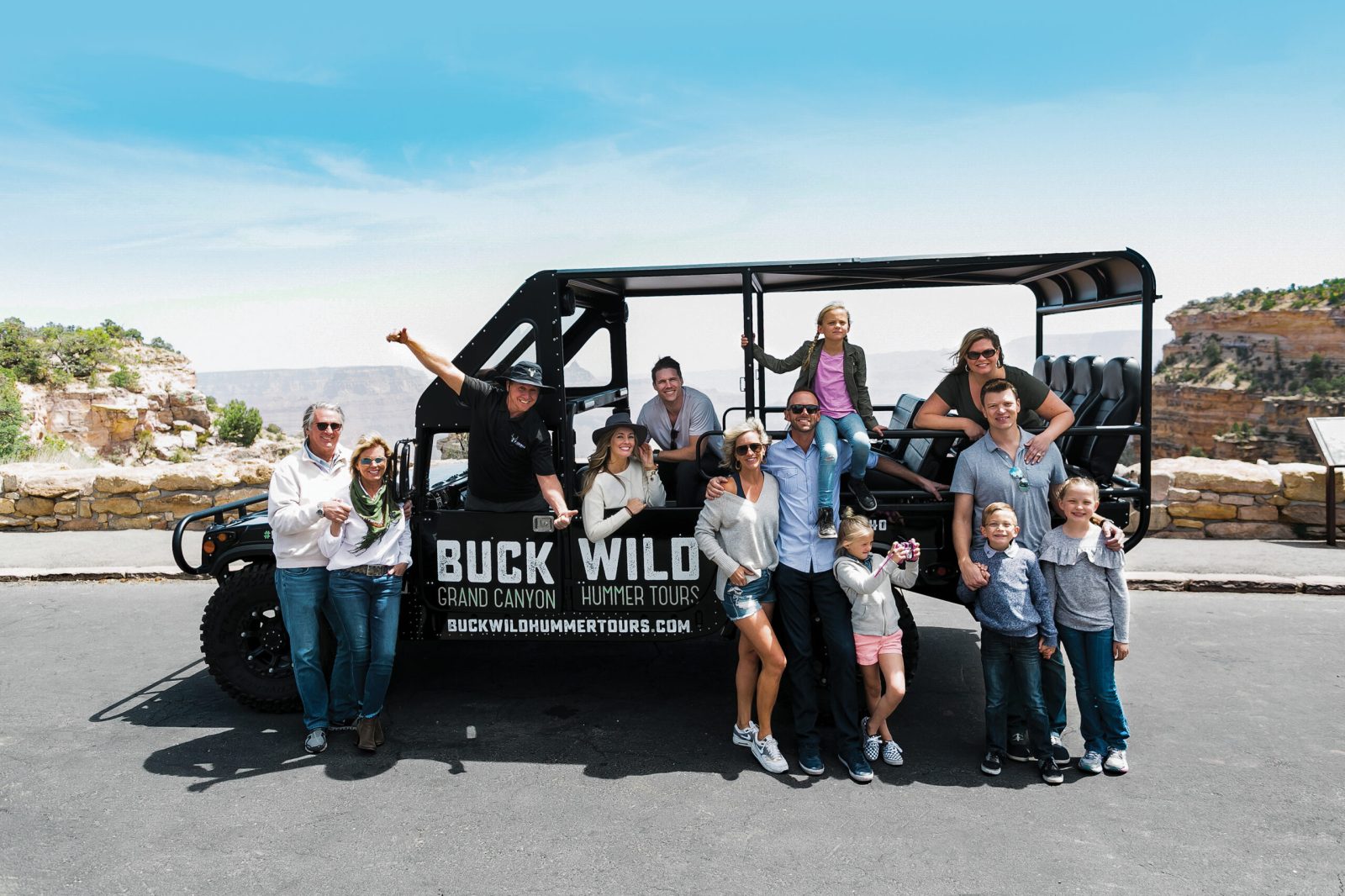How Was The Grand Canyon Formed?
When it comes to spectacular erosions around the world, nothing beats the Grand Canyon. This popular landmark is a natural formation characterized by its layered rock.
The Grand Canyon National Park is located in Northern Arizona and covers 278 miles of the Colorado River and adjacent uplands. At its deepest point, it is 6,000 ft.
There are almost 5 million visitors yearly who want to experience all of its beauty, but only a few people know how the Grand Canyon came to be. Buck Wild Hummer Tours is here to explain how the Grand Canyon formed and how you can experience this natural landscape.
The Foundations
The Grand Canyon’s origins began almost two billion years ago. Two plates collided with one another which would begin the formation of the Grand Canyon. This resulted in rows of volcanic islands to merge. The rocks transformed into dark-colored “basement” rocks seen near the bottom of the Grand Canyon today.
It’s important to note that there is geological history missing (between 1.75 billion and 1.25 billion years ago) regarding the Grand Canyon due to erosion erasing rocks. New layers formed around 1.25 billion and 730 million years ago, which allowed the Canyon’s history to be tracked again. These new layers are known as the Grand Canyon Supergroup.
The Settling of the Upper Rock Layers
Geological events gradually separated the layers into lumps and put them at an angle. Thanks to erosion, another sea formed on top of the layers. This resulted in new sediment settling out at the bottom of the sea.
Over the next few hundreds of millions of years, these sediments continued to layer. About 70 million years ago, the canyon’s rock layers were built up but weren’t exactly visible. Around this time, two plates of Earth’s crust came together, which pushed up the rocky mountains.
The Colorado Plateau then began to rise several thousand feet. Waters coming off the Rocky Mountains formed today’s Colorado River. As the plateau rose, the river cut into it, carving the Grand Canyon over time.
The Grand Canyon Becomes Familiar to Humans
People arrived in the Americas at the end of the last ice age (approx. 12,000 years ago). Around 10,000 years ago, people living in the Americas lived in and around the Grand Canyon, where they primarily hunted.
In more recent years, it was found that people lived in the Grand Canyon and made animal figurines. This was dated to about 4,000 years ago. A thousand years ago, it was found that people were growing crops at the bottom of the canyon and storing their crops.
Ways You Can See The Grand Canyon
Want to see the Grand Canyon? Buck Wild Hummer Tours offers a few ways for visitors to capture the marvel of the Grand Canyon:
From the Air
Board a helicopter at the Grand Canyon National Park Airport in Tusayan, AZ, to experience all the beauty. Our flight tours include multilingual headset narration as you explore the North and South Rims for your convenience. Enjoy your view as you gaze down nearly one mile below at the Colorado River that runs through the Grand Canyon.
From the Ground
Drive less than a mile through Tusayan and arrive at the Buck Wild Terminal. Climb aboard a former military Humvee to explore the Grand Canyon in comfort. Enjoy stadium-style seats that provide excellent views no matter where you sit. Experience an open-air ride in Spring and Summer and a heated vehicle with transparent sides and tours during Fall and Winter.
For more information on our immersive tours, visit here.
Experience The History of the Grand Canyon
Are you ready to experience the history of the Grand Canyon? Whether you’re interested in exploring this beautiful landmark by air or ground, we’re here to deliver an unforgettable experience.
Contact Buck Wild Hummer Tours to schedule your tour or learn more about what we offer.






